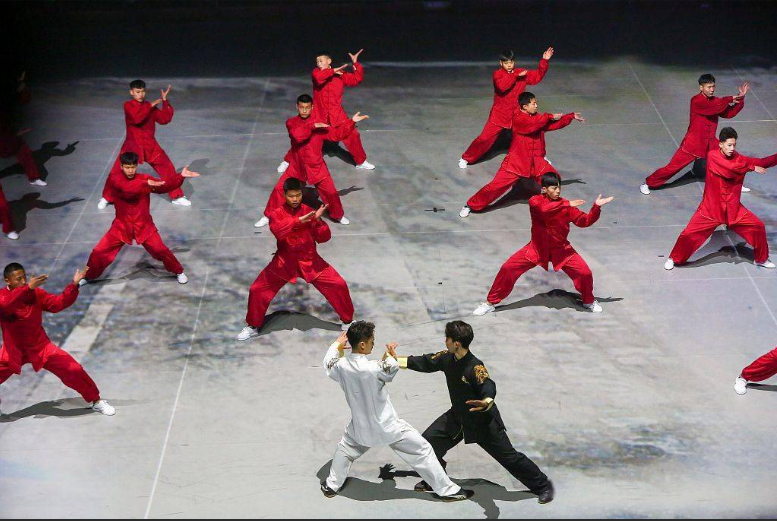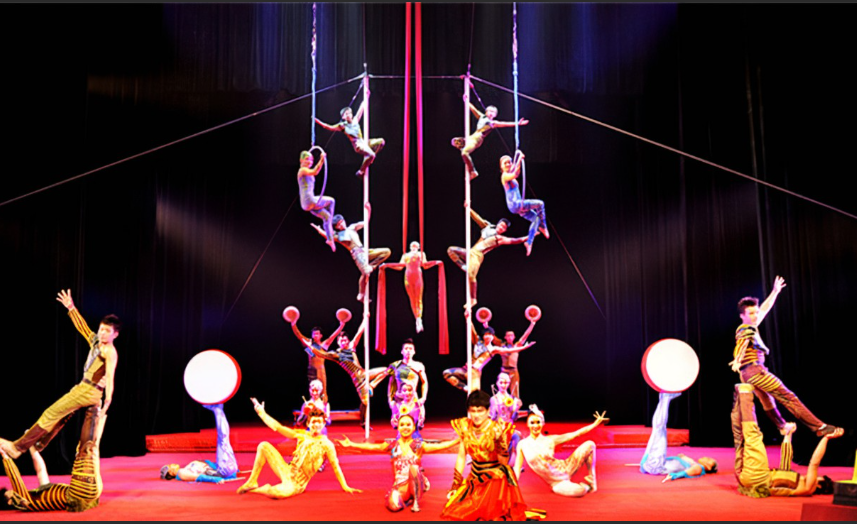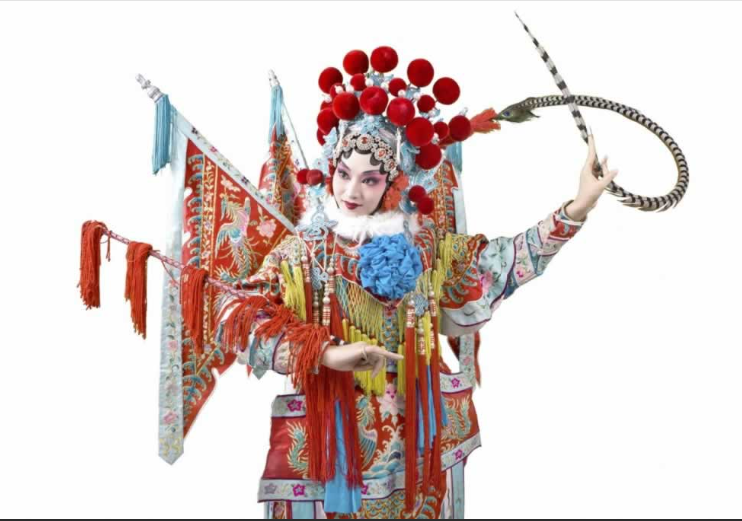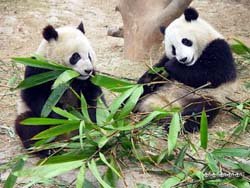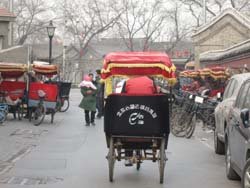📧 3599407152@qq.com 📱WhatsApp : +86 15810701565
Introduction of Beijing
Capital city of China
Beijing, Short form as Jing, is the capital city, municipality directly under the Central Government, national central city, mega city, international metropolis, national political center, cultural center, international exchange center, and scientific and technological innovation center of the People’s Republic of China. It is the Central Committee of the Communist Party of China and the People’s Republic of China. The Central People’s Government of the Republic, the National People’s Congress, the National Committee of the Chinese People’s Political Consultative Conference, and the Central Military Commission of the People’s Republic of China are located here, as well as the headquarters of the Central military Command.
Location:
Beijing is located in the northern part of the North China Plain, leaned against Yanshan Mountain, surrounded by Tianjin City and Hebei Province. The climate of Beijing is a typical semi-humid continental monsoon climate in the northern temperate zone.
Beijing is one of the first national historical and cultural cities and the city with the largest number of world cultural heritages in the world. More than three thousand years of history have nurtured many historical sites such as the Forbidden City, the Great Wall, the Summer Palace the Temple of Heaven, and so on. Since 700,000 years ago, the primitive tribe Peking People appeared in the Zhoukoudian area of Beijing, located 75km south west of Being city.
Beijing became capital of vassal states in 1045 BC, such as Ji and Yan. Since 938 AD, Beijing has become the capital of the Liao Dynasty, after Liao dynasty, also was the capital of Jin, the Yuan Dynasty, and the Ming and Qing Dynasties, when the dynasties finished in China, Beijing also was the capital of the Northern Government of the Republic of China. It also became capital city of the People’s Republic of China on October 1, 1949.
The location of Beijing at 115.7°-117.4° east longitude, 39.4°-41.6°north latitude. Total area of Beijing is 16,410.54 square kilometers.
Climate:
Climate of Beijing, it is a typical semi-humid continental monsoon climate in the northern temperate zone, with hot humid and rainy summers, cold and dry winters, and short springs and autumns. The annual frost-free period is 180 to 200 days, and the western mountainous area is relatively short. The average rainfall in 2020 was 480 mm, which is one of the most rainy areas in North China. The seasonal distribution of precipitation is very uneven. 80% of the annual precipitation is concentrated in the summer months of June, July and August, with heavy rains in July and August. The highest temperature of Being roughly get 38-39℃, lowest temperature can be -15℃.
Population of Beijing:
According to the 7th national census in 2020 showed that the Han population was 20.788 million, and the ethnic minority population was 801,220. The top five ethnic minority populations were Manchu, Hui, Mongolian, Korean, and Tujia. It accounts for 90.1% of the minority population. Among them, the Manchu population has the largest population of 336,000, accounting for 41.9%; followed by the Hui population, which is 249,000, accounting for 31.2%; the Mongolian, Korean and Tujia populations are 77,000, 37,000 and 24,000, respectively. The proportions of people in the minority population are 9.6%, 4.7% and 2.9% respectively.
Tourism resources in Beijing:
Beijing is the popular tourists destination with the most world heritage sites (7 sites) in the world,. There are more than 200 tourist attractions open to the outside world in Beijing, including the world’s largest complex palace- the Forbidden City, the Temple of Heaven, Beihai Park, the Royal Garden-the Summer Palace and the Old Summer Palace, as well as the Great Wall(Badaling section and Mutianyu section…), and the world’s largest courtyard house named Hutong. Palaces and other places of interest. Beijing has a total of 7,300 cultural relics, 99 national key cultural relics protection units (including the Great Wall and the Beijing section of the Grand Canal), 315 municipal cultural relics protection units, 5 national geological parks, and 15 national forest parks.
Now days, Beijing as a modern city and huge city with population of 22 million lived here, it developed very convenient public transportation, buses lines and subway line reaches every corner of Beijing, they are always very busy, They are easy than driving yourself, the traffic jam happened any time of day, although Beijing has 6 ring roads and numerous other street.
Brief introduction of Beijing does not cover everything of Beijing, meanwhile, the city are still keep changing, the introduction of Beijing are also modifying every day.
Special in Beijing
